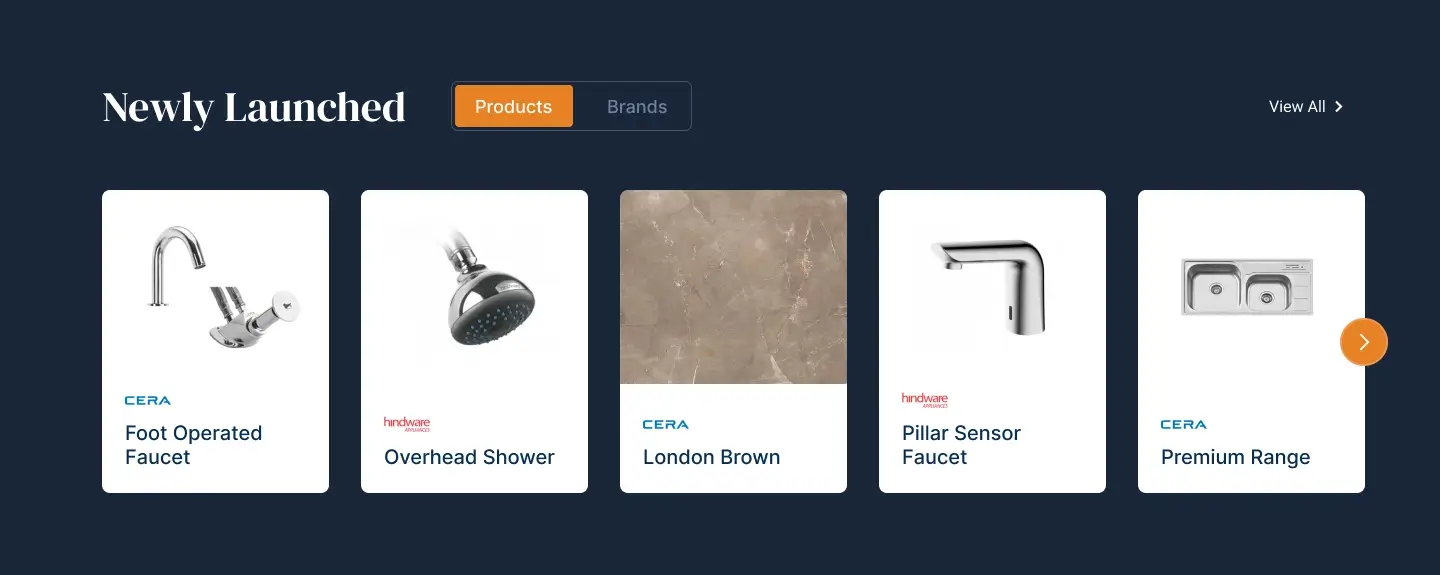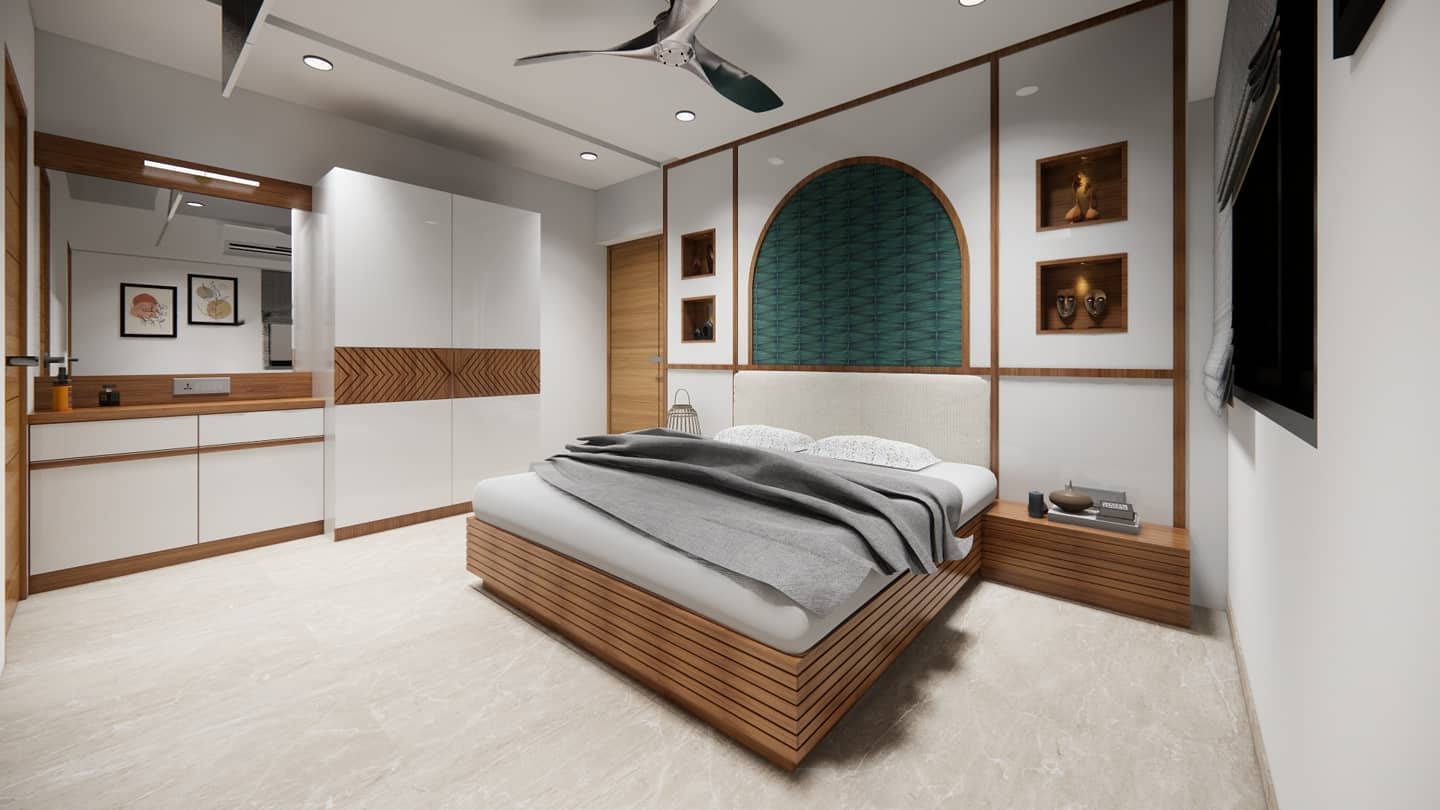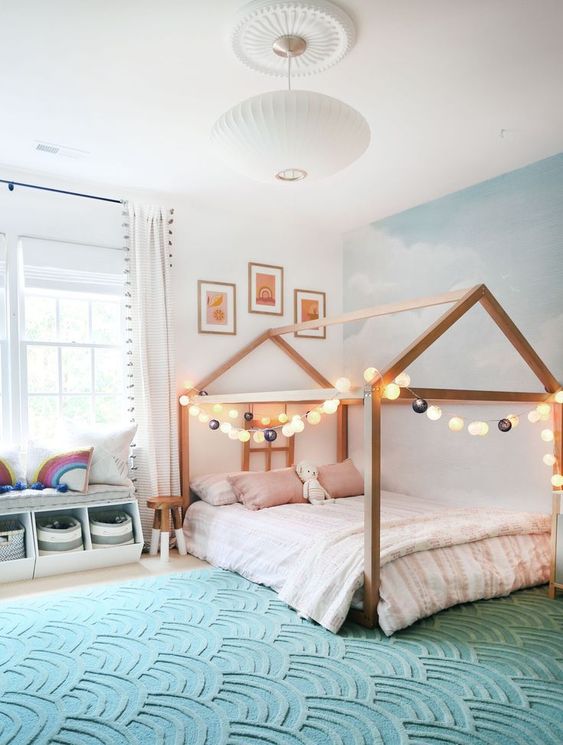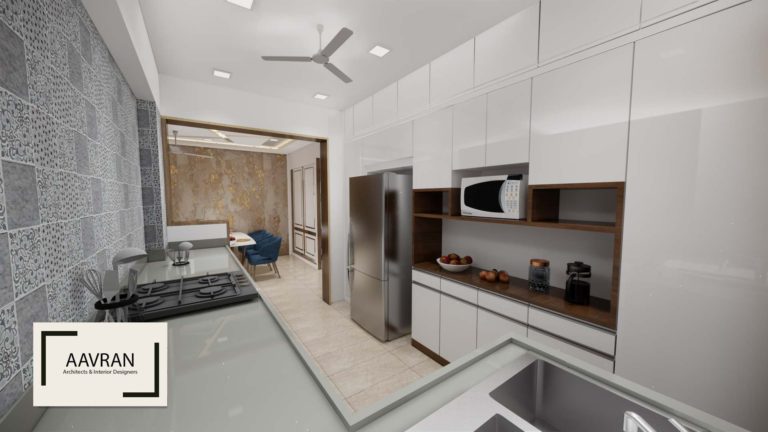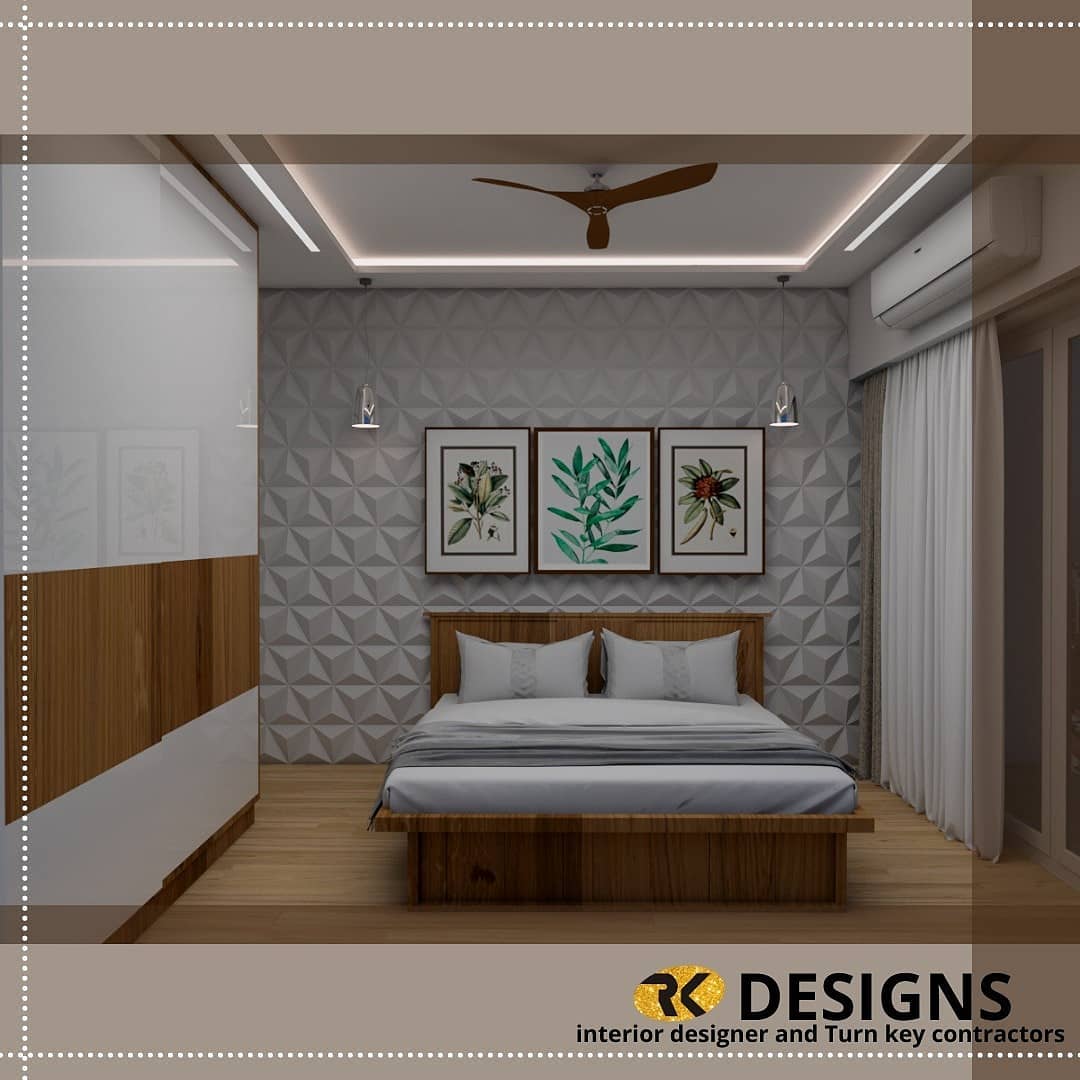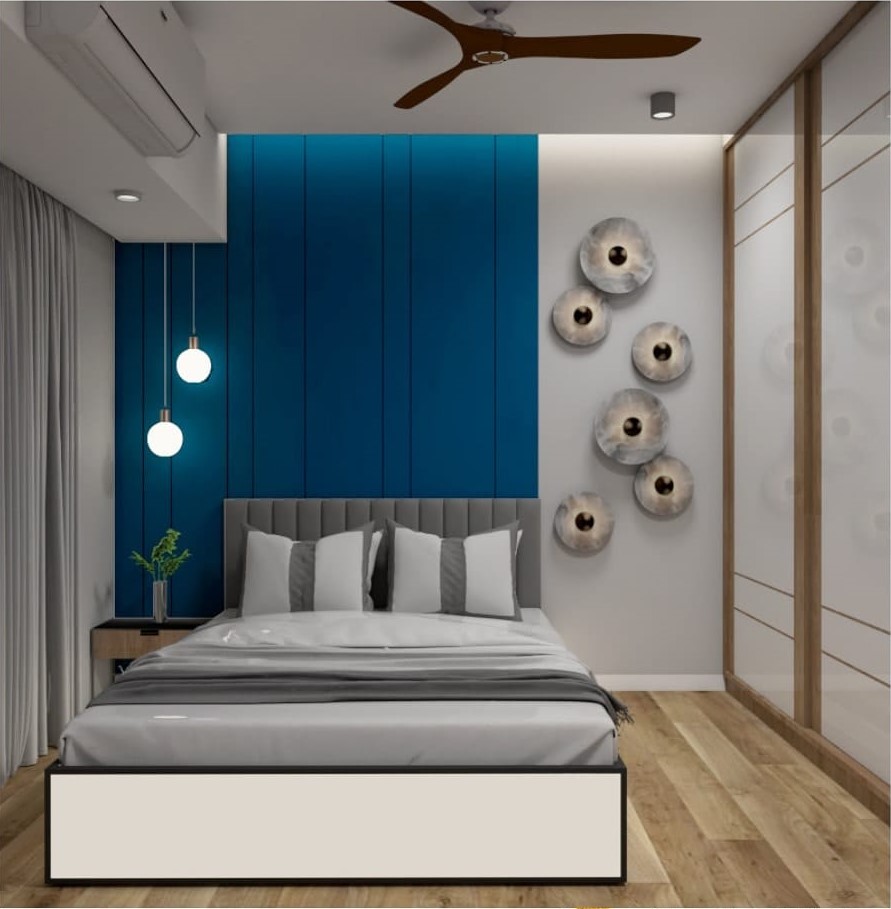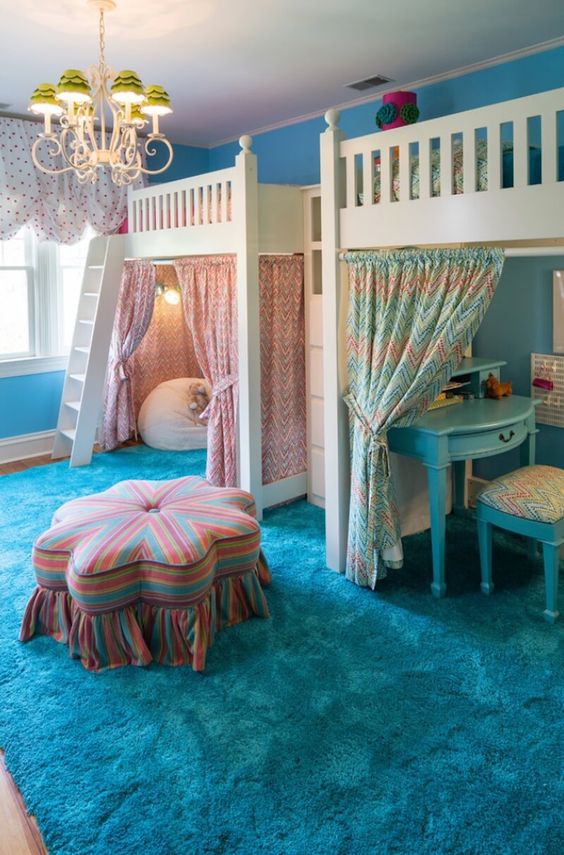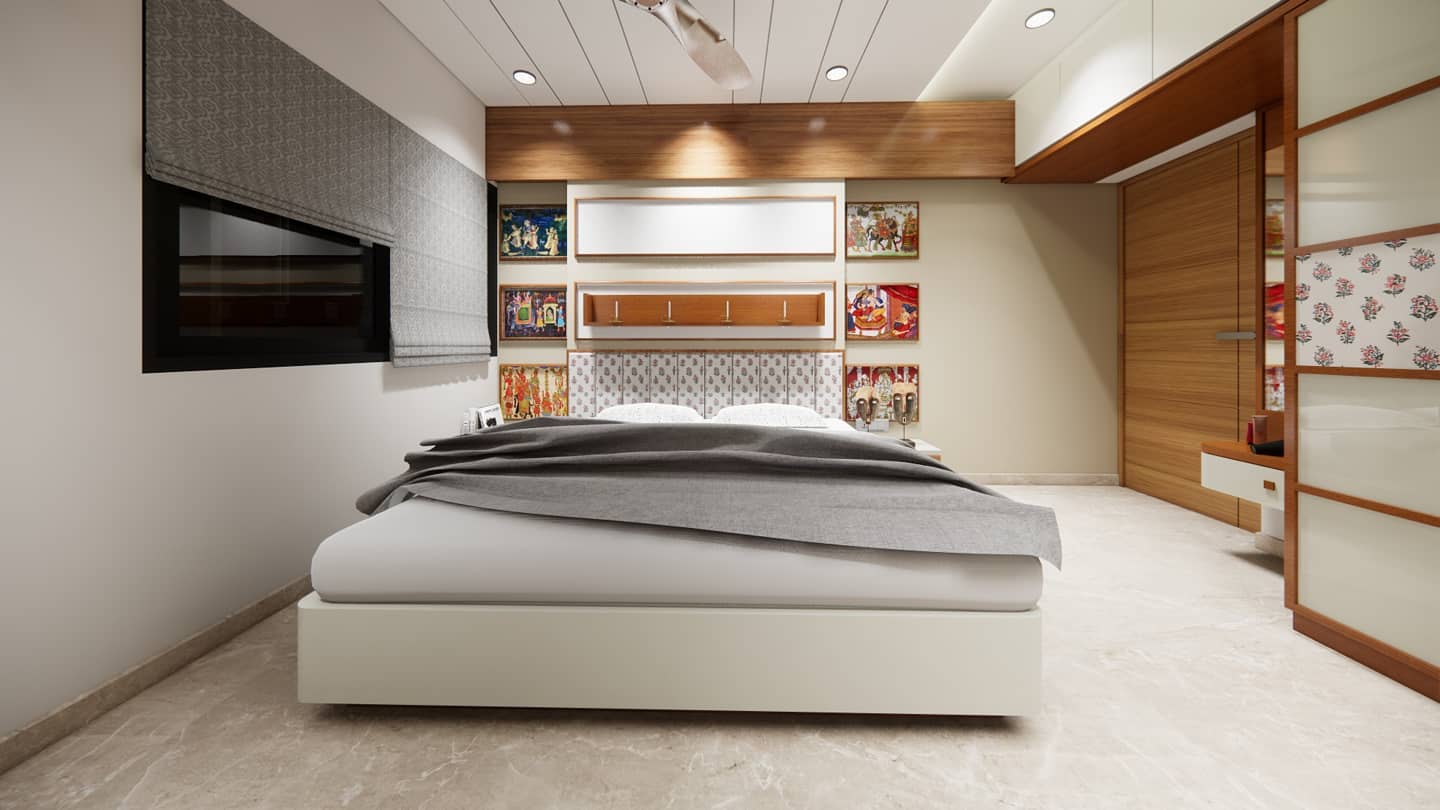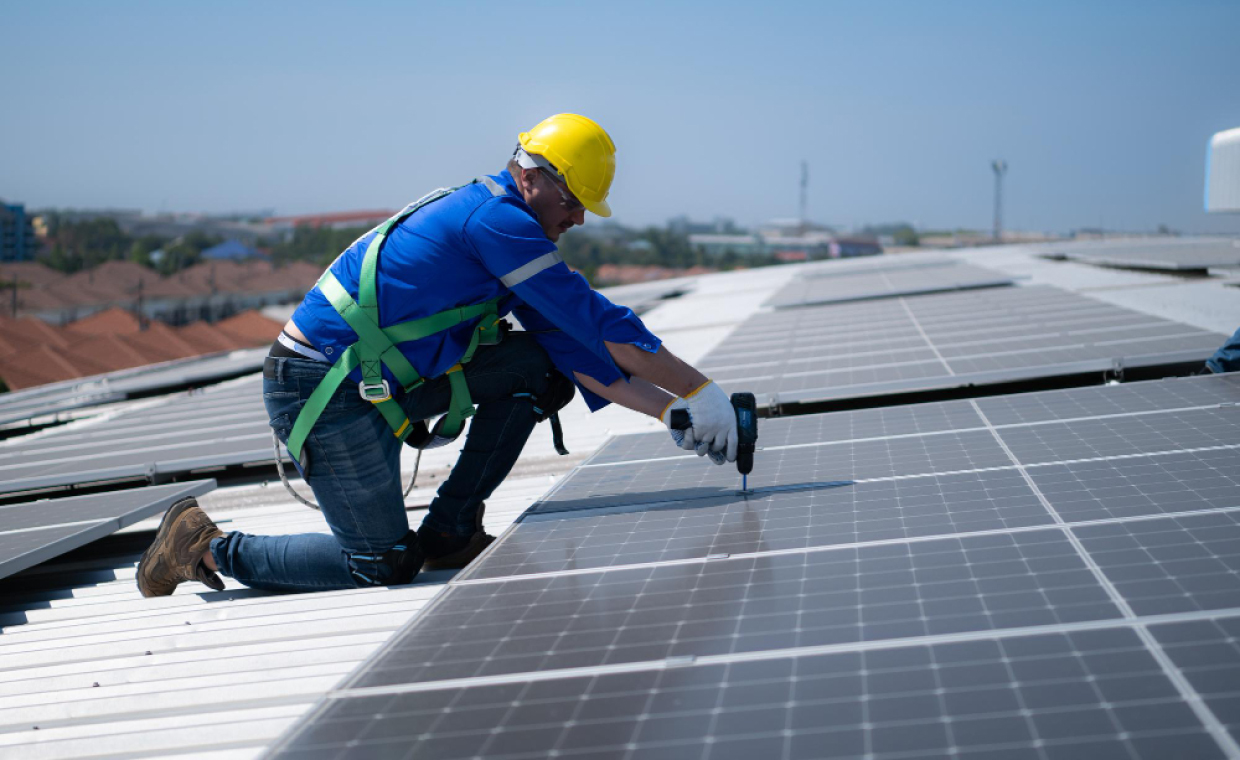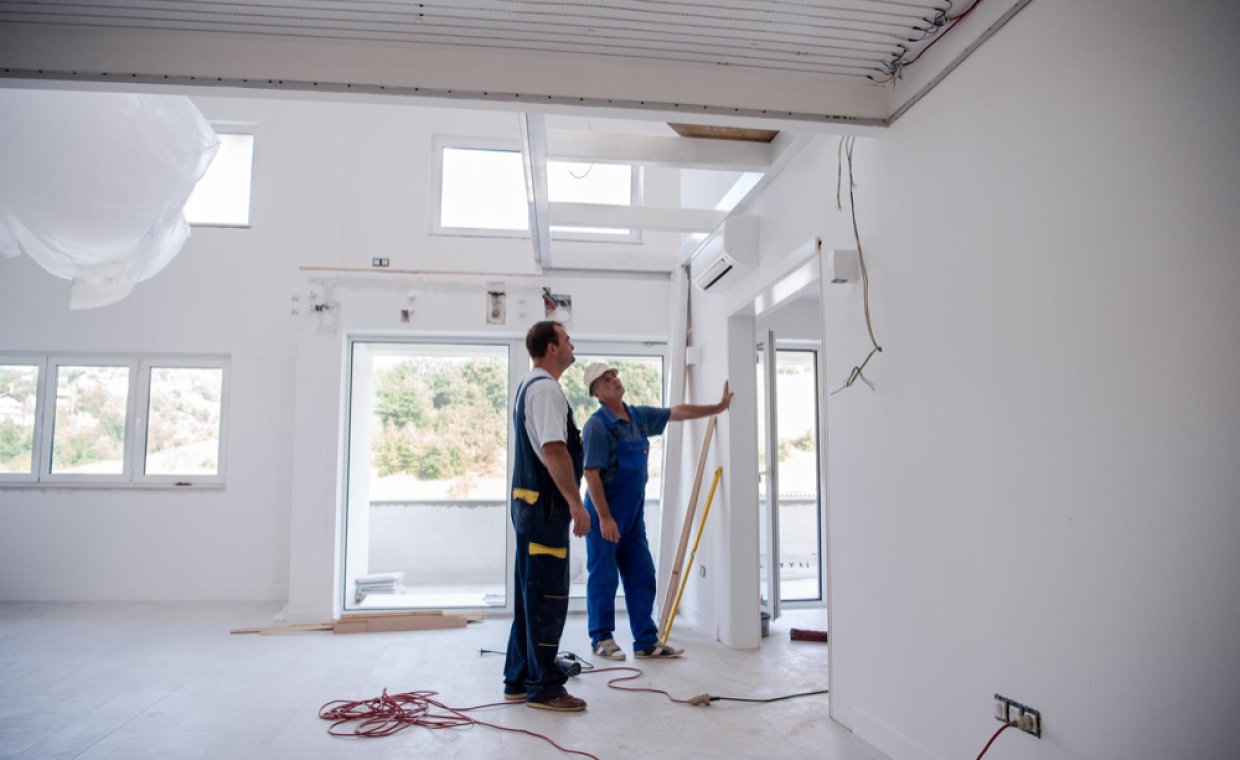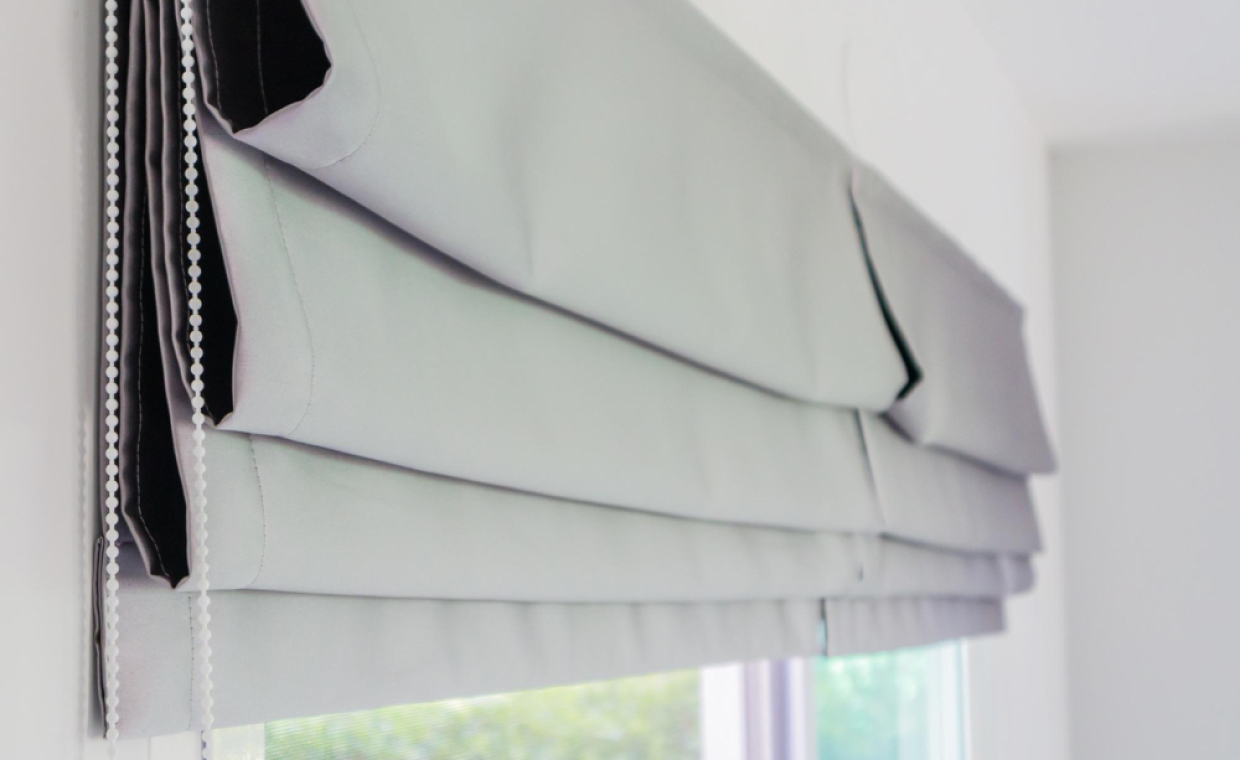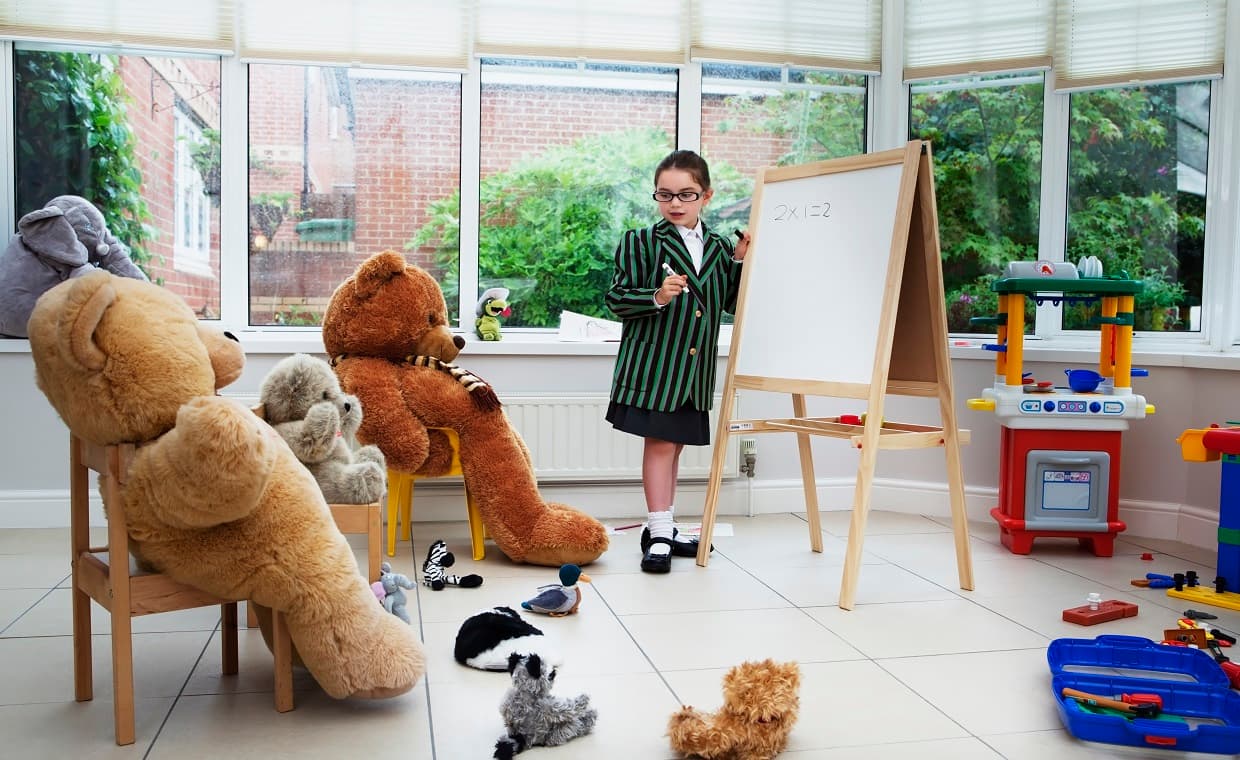
Table of Contents
Quick Summary
Preparing your baby’s nursery is both joyful and important for their safety. This article walks you through essential nursery safety practices, including:
- Choosing sturdy, stable, and easy-to-clean furniture to prevent accidents.
- Selecting a safe baby crib that meets safety standards and avoids choking hazards.
- Maintaining the ideal room temperature between 68–72°F (20–22°C).
- Ensuring electrical outlets and cords are secure and childproofed.
- Checking windows and doors for mould or damage and adding child locks.
- Creating a safe and comfortable space that supports your baby’s growth and wellbeing.
Planning and setting up a nursery for your baby is an exciting task, but it’s crucial to prioritize safety and wellness. Here’s sharing some essential tips to create a safe and comfortable nursery for your little one:
Choose Stable and Practical Furniture
Opt for furniture that is stable and easy to clean. Avoid intricate designs that may collect dust and become a health hazard. Ensure that items like the crib, changing table and cupboards are secure and won’t tip over.
Select a Safe Baby Bed
When choosing a crib, prioritize safety standards and avoid decorative elements that could pose a choking hazard. Consult with a healthcare professional when selecting a mattress and consider replacing it if using a second-hand crib.
Maintain the Right Temperature
Keep the nursery temperature between 68-72°F (20-22°C) to ensure your baby is comfortable. Monitor the temperature with a room thermometer and check your baby’s body temperature regularly.
Ensure Electrical Safety
Prevent electrocution by ensuring all sockets are safe and up to standard. Replace damaged wiring or appliances immediately and keep cords out of reach of children.
Also Read – Homeowners Electrical Safety Tips: Protect Your Home and Family
Secure Windows and Doors
Check for mould or damage on windows and doors and address any issues promptly. Winterize windows and ensure they are secure to prevent accidents. Install childproof locks to prevent access to windows and doors.
By following these safety tips and designing your nursery with care, you can create a safe and welcoming space for your baby to grow and thrive.
Also Read: Home Improvements You Can Actually Do Yourself (And Which Need Professionals)
FAQs – Safe Nursery Setup
1. What Should I Consider First When Setting Up A Nursery?
Start by ensuring the furniture is stable, functional, and meets safety standards to prevent accidents.
2. How Do I Choose a Safe Baby Bed?
Select a crib that follows safety regulations, avoid loose decorations, and check mattress firmness and fit.
3. What is the Ideal Nursery Temperature for a Baby?
Keep the room between 68–72°F (20–22°C) to maintain a comfortable environment for your baby.
4. How Can I Make my Nursery Electrically Safe?
Use safety covers on sockets, replace damaged wires, and keep cords out of reach of children.
5. Why Should Windows and Doors be Secured In a Nursery?
To prevent accidents and drafts, ensure windows and doors are mould-free, locked properly, and fitted with childproof latches.
Author Bio
Huta Raval: An English Literature and Journalism Topper, Huta Raval has graduated from the L D Arts College, Ahmedabad. Post serving for 23 years in the NBFC and Public Library Sectors her desire for ‘writing the unwritten’ brought her to the creative field of content writing. Her clientele comprises of NGOs, Blogging Platforms, Newspapers, Academic Institutions, et al.





